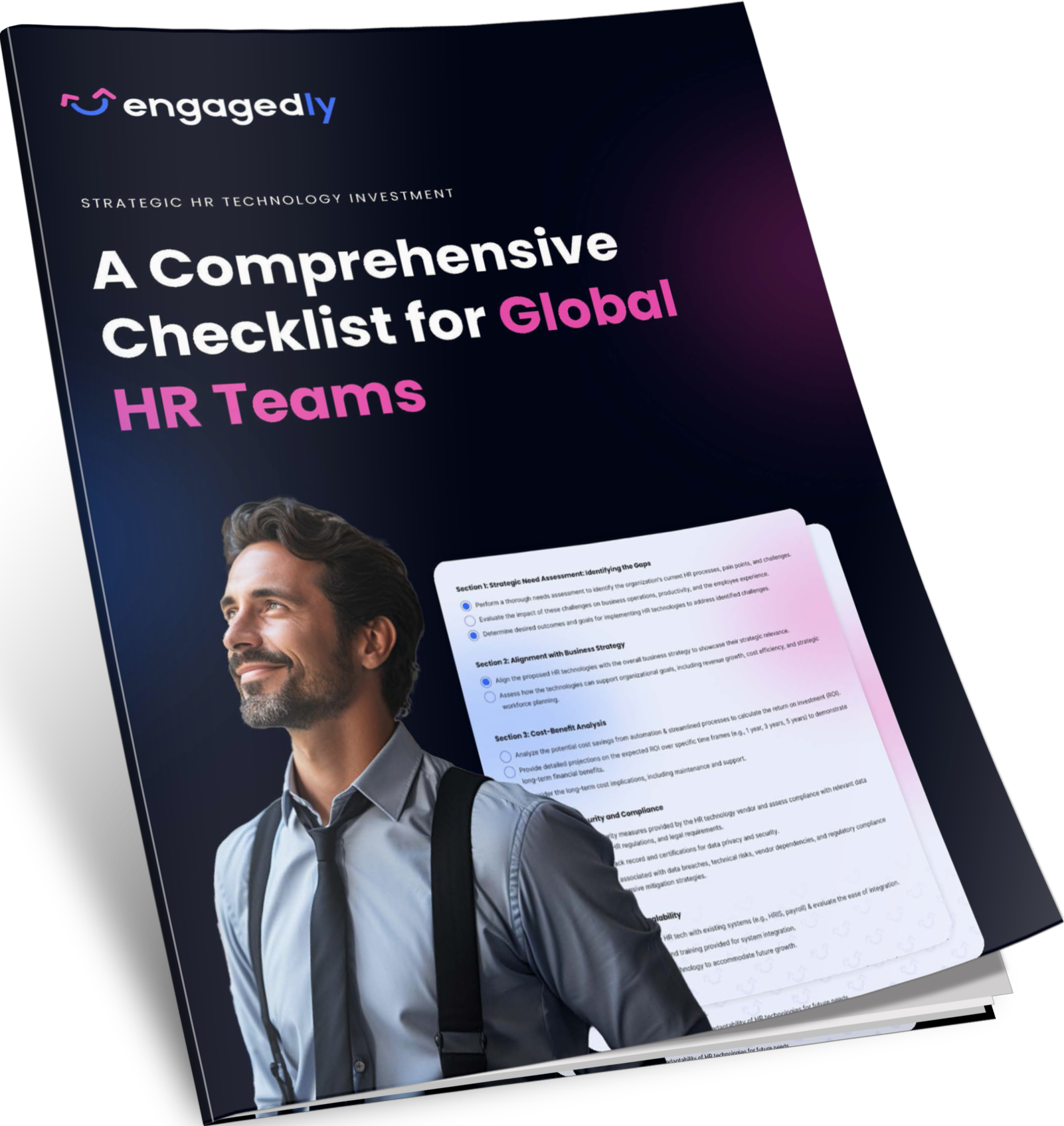Frequent employee feedback is one of those things that contribute the most to the organizational productivity but not many employees actually get it.
A lot of this deficit can be attributed to the fact that feedback is scary. More than sharing it, we fear the aftermath. We fear upsetting delicate balances, burning bridges, provoking reactions etc. Understandably, we don’t want to do anything that might upset the status quo.
But sometimes, maintaining the status quo can do a lot more harm than upsetting it.
Shying away from giving feedback because it’s scary is not a viable option, be it in the long term or the short term. By choosing not to address obvious issues and problems, small things can often snowball into much larger issues.
Quick and timely feedback addresses the root cause, thereby nipping many a potential issue in the bud.
Here are few pointers for giving effective employee feedback.
Feedback should be framed within the appropriate context
Feedback is only useful when it is given with a certain objective in mind and that objective is related to something a person has control over or can change.
Feedback should take the working relationship into account
Giving your peers feedback is completely different from giving feedback to your superiors or even giving feedback to your direct reports. The cadence for feedback differs from person to person. Therefore, it is important to keep in mind who you are giving feedback to.
Also read: 4 ways your performance review is destroying teamwork
Feedback should be shared promptly
The biggest mistake we make with regards to giving feedback is waiting far too long! The more you delay sharing feedback, the less effective it becomes. For maximum efficacy, share feedback as soon as possible. This means, sharing feedback as soon as a task has been completed or while the task being done. The whole point of giving feedback is so that the receiver can apply the feedback.
Avoid using feedback sandwiches
Feedback should be relevant to the topic at hand. Utilizing the feedback sandwich can cause the giver to stray from the topic and make the entire process seem condescending to the receiver. Because the essence of the feedback sandwich is fitting in some praise between criticisms so as to not make the receiver feel overwhelmed.
Instead of trying to shoehorn praise into a feedback session, it is important for the feedback giver to be honest and transparent with the employee who is receiving feedback.
Being mean is not the same as giving honest feedback
A lot of the times, the fear of feedback stems from the fact that the feedback giver wants to be honest but also feels that any criticism might be perceived as being mean. The difference between being mean and being honest is vastly different. A criticism is mean when it admonishes or punishes the receiver for factors out of their control. On the other hand, honest feedback almost always can be connected to something that the receiver has control over.
Follow up on the feedback that you share
Sharing feedback is an opportunity to keep the conversation going. Once you share feedback with someone, give the recipient sometime to internalize the feedback and then pick up the thread of communication once more. The act of following up allows the giver to see how the recipient is using the feedback and also gives the recipient a chance to participate in the conversation. Feedback works best when its a two-way communication street as opposed to just one side.
Also read: What drives employee engagement?
If you don’t like to hear it, then don’t say it
Tone and language are both extremely important when it comes to sharing feedback. A good rule of thumb when sharing something is to say it out loud to yourself. If you wouldn’t like what you are hearing, it is safe the assume that others wouldn’t as well.
Request a live demo from Engagedly to know more about the performance management process or to implement an ideal performance review software in your organization!
Request A Demo
Kylee Stone
Kylee Stone supports the professional services team as a CX intern and psychology SME. She leverages her innate creativity with extensive background in psychology to support client experience and organizational functions. Kylee is completing her master’s degree in Industrial-Organizational psychology at the University of Missouri Science and Technology emphasizing in Applied workplace psychology and Statistical Methods.





